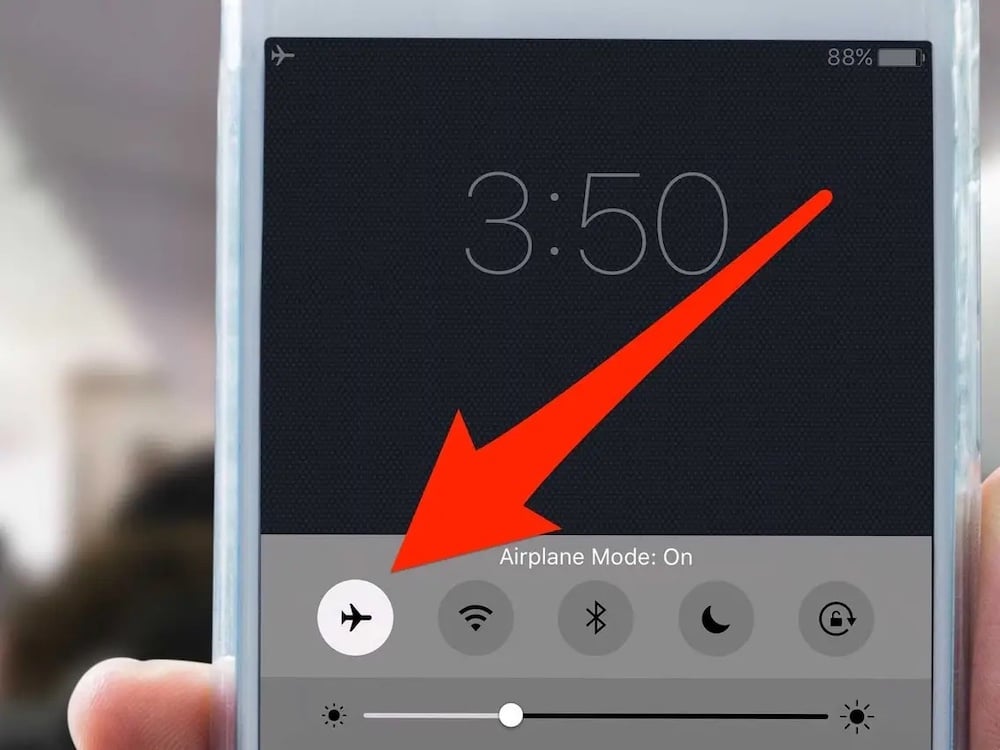Cellphones: Everyone has one of these devices and hardly anyone can put it down. Let’s explore the pros and cons of our beloved smartphones in hunting situations and discuss ways to find a balance between productive usage and disruptive, addictive tendencies when afield.
Most people find cellphones extremely beneficial when bowhunting. For example, they:
These features come in handy mostly before and after the hunt, when hunters walk to and from their honey hole.
However, more and more hunters are using their devices to pass the time when they’re actively hunting or pursuing game. They text friends, play games, check social media or read hunting articles online. Although those activities seem harmless, they are distracting and often result in missed opportunities because critters can appear and disappear in an instant. Cellphones can also spook critters if a hunter forgets to switch their device to vibrate. When it pings or rings within earshot of a wild animal, the creature is as good as gone.
Adam Parr, 32, has been bowhunting for 20 years and is aware of the love-hate relationship hunters experience with cellphones and hunting. He wrote a blog about the topic in 2015 on TransitionWild.com. He mentioned how smartphones are great for ordering grunt calls, checking trail camera photos, looking at the moon phases and passing the time when afield. However, he also shared stories of missed opportunities and botched hunts. He even did a small survey of cellphone usage among hunters and found that 10.5% of the 260 people who responded said they spend 25% of their hunt on their phone. Maybe they were telling the truth or maybe they were lying; either way, those statistics have probably changed dramatically in the last six years.
We connected with Parr to get his current thoughts on cellphones. Since posting his blog, he switched to using a flip phone for two years to decrease his usage. He said texting took him longer, and there weren’t as many features or functions, so it was easier to ignore. He was content with his decision but recently switched back to a smartphone to take more photos and videos of his son. And once again, he finds himself fighting the cellphone balance battle.
“It’s a double-edged sword,” he said. “There are so many good things that come from them, but using them in the field to pass the time is a tough sell. I’m a ‘seeing is believing’ guy, and I’ve had a lot of missed opportunities because of them. Technology is good and can be productive, but in a lot of ways, it can be distracting and cause you to miss out on things. Cellphones are affecting (our ability to be successful) in the woods.”
Parr is from Michigan, so he’s done a lot of treestand hunting, but he currently lives in Colorado and takes a stalking approach to pursue game. He’s on his phone for about an hour during a four-hour hunt, regardless of the hunting method. He said it’s easy to get sucked in for longer and that mindless usage has consequences.
“Everything happens so quickly in the woods,” he said. “It doesn’t matter if you’re on your phone for five minutes or 50 minutes, each minute you’re occupied and not paying attention, you might miss an opportunity. It’s the risk you take any time you (use your phone).”
When you’re distracted, your awareness decreases and critters can sneak by unbeknownst to you. Parr recalled three encounters in the last three years where he was on his phone, looked up and saw a deer within bow range, but couldn’t capitalize on the situation.
“Those are the encounters I know of,” he said. “You don’t know the other times because it could have happened 10 times and you never saw it. Just think: how many times have you just looked in a particular spot at the right time and saw a deer walk through, but if you weren’t looking right there, right then, you wouldn’t have seen it? The encounters are probably double or triple the one you know happened.”
Parr also finds it odd that hunters plan and prepare for hunts year-round only to go afield and bury their face in their phone, which is what they can do from their couch.
“I hunt to disconnect, slow down, enjoy nature, and get away from work and busy life,” he said. “When you bring a phone into your stand with you, you never get that separation. You never really get the full experience.”
So what are we to do? If you won’t ditch your smartphone or switch back to a flip phone, try one of these methods to limit cellphone use when afield.

Turn your phone on airplane mode, so that it’s still available, but you’re not tempted by notifications. Photo Credit: Business Insider
Parr is grateful he started hunting before cellphones were available. He thinks the balance is more difficult for younger generations who don’t know life without a phone, but he still struggles and sees people older than him in similar situations. However, whenever he thinks about all the ways people “need” their cellphone when hunting, he imagines our ancestors hunting without half the gadgets we have today. Then, he realizes it is possible to go without modern luxuries because they’re just that, luxuries. In other words, you don’t need a phone to kill a deer, you need a bow and arrow. It’s as simple as that.